Monsoon and Typhoon in the Philippines causing at least 21 deaths
On 24 July, the combined effects of the Southwest Monsoon, enhanced by Tropical Cyclone Gaemi (local name: Carina), brought heavy to intense rains across the Philippines.

The Philippines are regularly hit by natural disasters like in this photo | © Karmela Indoyon / HI
The death toll from floods and landslides brought about by Typhoon "Carina" and torrential rains climbed to 21, acoording to the Philippine National Police (PNP).
Luzon is the largest and most important island of the Philippines. Northern Luzon experienced severe impacts, while Central Luzon faced severe flooding and power outages. In Metropolitan Manila, home to 13.5 million people, heavy rainfall caused urban flooding, road closures, and significant disruptions. More than 880,000 people had been affected by typhoon Gaemi, and 612,000 had been displaced.
Furthermore, a tanker carrying close to 1.5 million litres of industrial fuel has capsized and sank off the Philippine capital on Thursday. An oil spill has been detected but strong winds and high waves were hampering the authorities' response.
Humanitarian Situation
Following typhoon Gaemi, the first rapid needs assessments have started on 25 July by various actors, such as CARE, HI and other organizations. Most of the teams are based in Manila and are also significantly affected by the flooding.
In Southern Philippines, HI is currently responding to the floods through two projects:
- ACCESS is a multi-year, multi-sectoral project funded by ECHO and implemented by a consortium of 8 local and 4 international organizations. In Maguindanao del Norte, HI with its partner COM (Community Organizers Multiversity), has deployed teams from the 12th of July, and has pre-positioned hygiene kits, shelter kits and assistive devices. Some assistive devices were provided to internally displaced persons with mobility difficulties in an evacuation center. Following the firefight between armed groups in Tugal and Nabalawag SGAs (BARMM) and the displacement of 500 families, HI and COM immediately launched a rapid needs assessment and provided on the same day sleeping kits and assistive devices.
- SUPREME BARMM is a disaster preparedness and resilience project in BARMM, funded by ECHO and implemented by 4 local and 5 international organizations. HI with Oxfam and COM started a rapid response on the 24th of July, in Tugunan (Cotabato province) and distributed 200 hygiene and water kits and 200 cleaning tools.
HI has been present in the Philippines since 1985.
Teams regularly intervene on an emergency basis following the natural disasters that regularly strike the country. HI strengthens the resilience of communities vulnerable to natural disasters by raising risk awareness among civil society organizations and others. HI's priority is to enable the most vulnerable people, especially the isolated, pregnant women and people with disabilities, to prepare for these disasters, which are extremely frequent in the Philippines, to be able to protect themselves, and to ensure that they are not forgotten by victim aid organizations.





